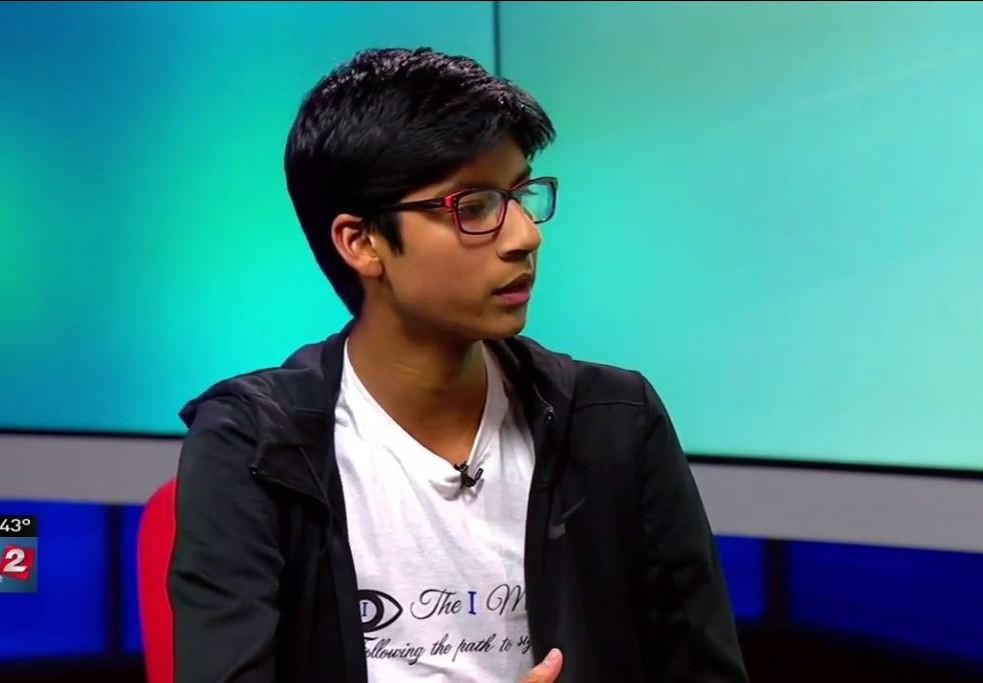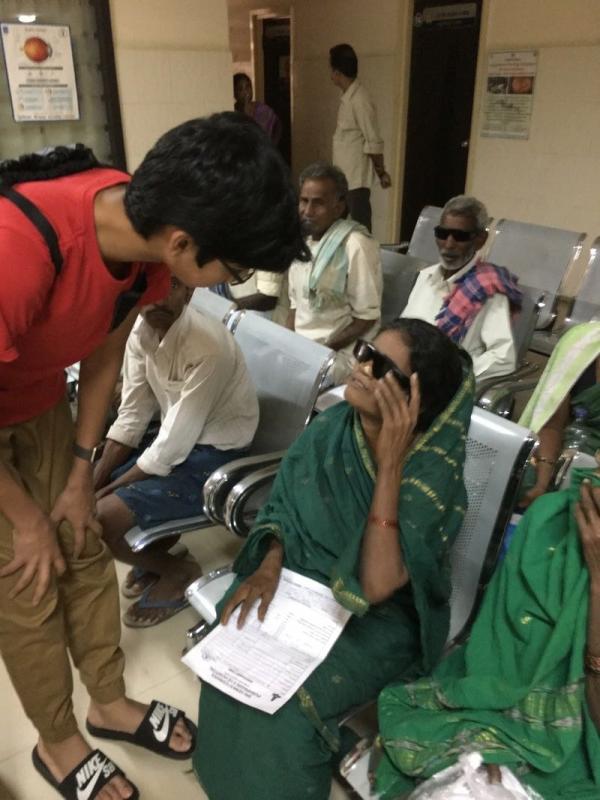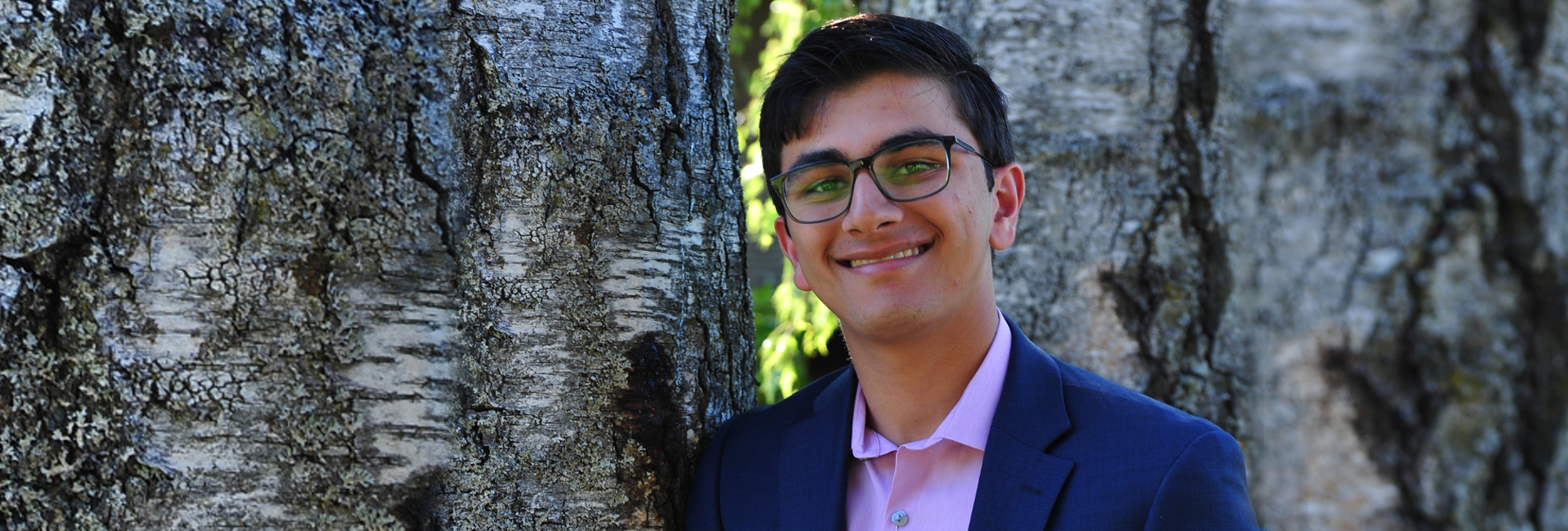(November 17, 2023) He was just 14 when Portland-based Sai Hitesh Vavilapalli embarked on a journey to cultivate his interest in social justice and human rights, especially focussed on advocating for the visually impaired. It began when he flew down to India for his Christmas break, and visited a blind school in a quaint little town of Kakinada where his parents volunteered. “It was then I realised I should also do my best to give something back to society, and do something for the underprivileged,” he said in an interview.
Upon his return to the US, the Indian-American, whose parents migrated from Vishakapatnam, was keen to make a change and soon organised a cultural night. From this, he raised $4200 which he used to start a non-profit The I Mission in 2016. Explaining the mission of the NGO, he said, “What we do is we gather many patients together and we do screening examines and we have eye camps to test whether they are ready to go through the cataract and retinal surgeries that our partners and the people that we work with offer.”

Sai Hitesh Vavilapalli is an Indian-American changemaker
The next year, he returned to India with a vision to help the poor. It was with the help of Sankar Foundation Eye Hospital that he organised a couple of free eye camps in Vishakhapatnam, and also helped perform about 500 free cataract surgeries. Moreover, The I Mission also donated two Perkins mechanical braillers to a rural south Indian school in order to provide support for visually impaired female students in their pursuit of reading.
.Seeing the impact that his work was creating, he continued returning to India every year to help visually impaired people. On his next trip, The I Mission coordinated and funded a total of 48 cataract surgeries for underprivileged individuals, in addition to one retinal surgery. They also took on the responsibility of supporting three blind schools in the region. Initially, individuals in need of cataract or retinal surgery were identified through comprehensive screening tests conducted during eye-checking camps.


Sai Hitesh Vavilapali is an Indian-American changemaker
Beyond providing essential eye health check-ups and surgical interventions for visually impaired individuals in rural India, The I Mission also conducts educational workshops. These workshops are designed to empower students, enhance their mathematical skills for competitive platforms like MathCounts, improve their public speaking abilities, and develop their reading comprehension. The workshops are structured to be both enjoyable and educational, offering engaging activities tailored to the varying levels of receptivity among the students.
In the last few years, The I Mission has supported over 5,000 free eye screenings, 1,719 cataract surgeries, and 13 retinal detachment surgeries, besides adopting three blind schools in India. “To fund the camps, we not only conduct cultural events but have also tied up with brands like Nike and Intel. We intend to approach some more corporate firms in the coming years,” he added.
Hitesh, who plans to become a doctor, is working with a professor as a research intern at Oregon Health Science University, with a focus on discovering potential remedies for cataract and other eye-related issues prevalent among the tribal communities residing in the Eastern Ghats of India. He plans to take the nonprofit to the next level in the coming years by spreading its wings across the world.




